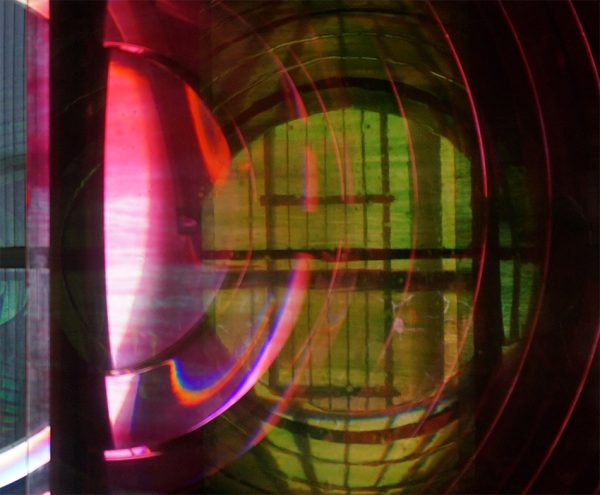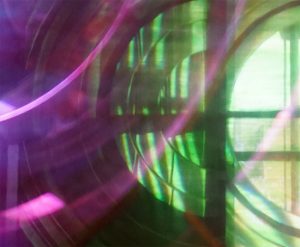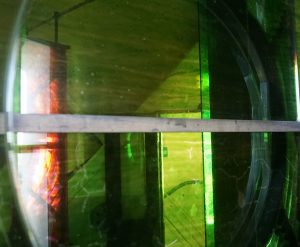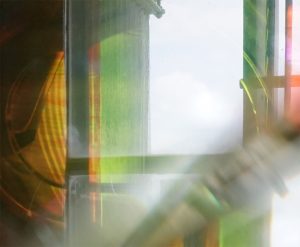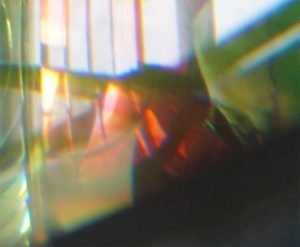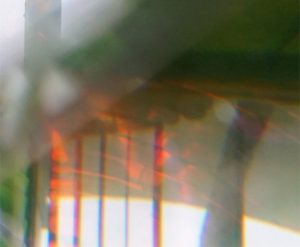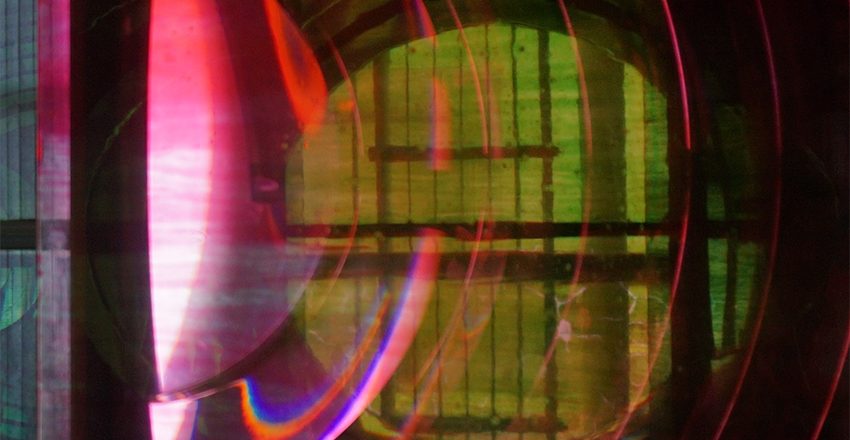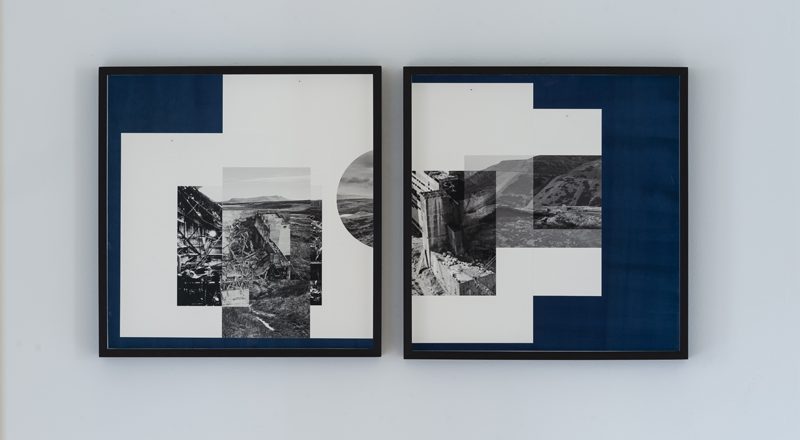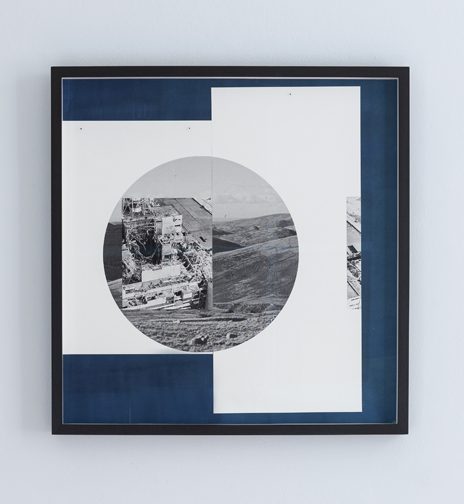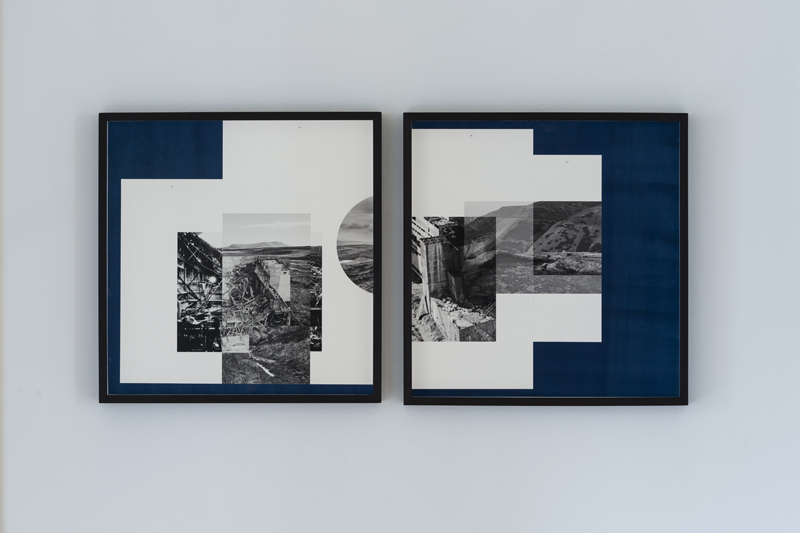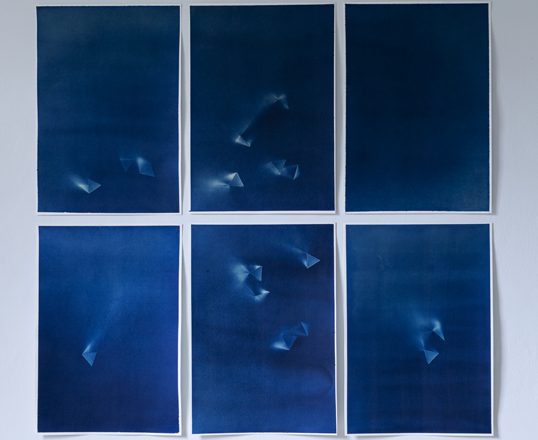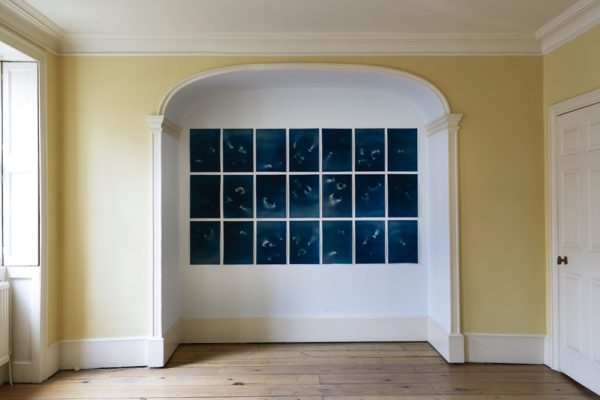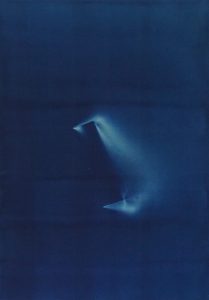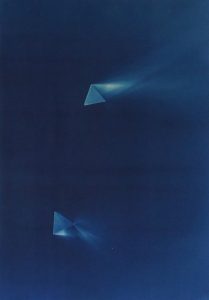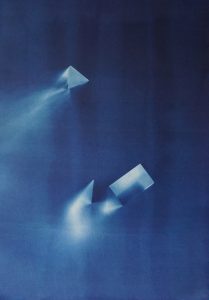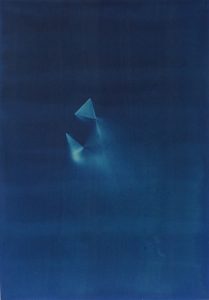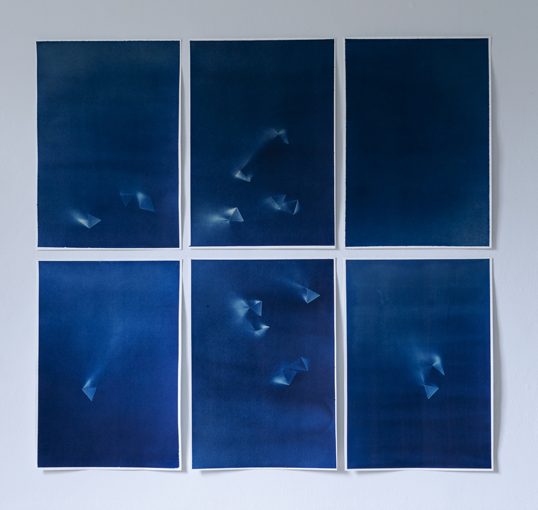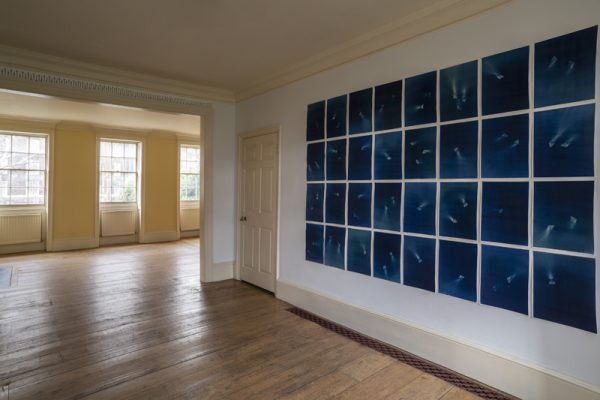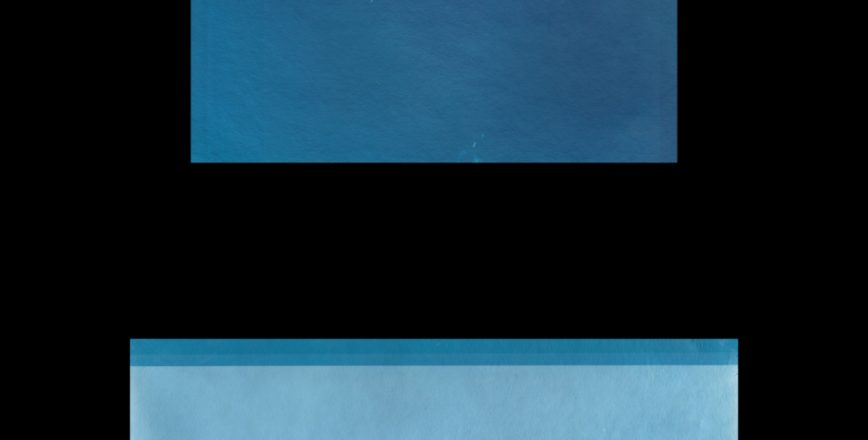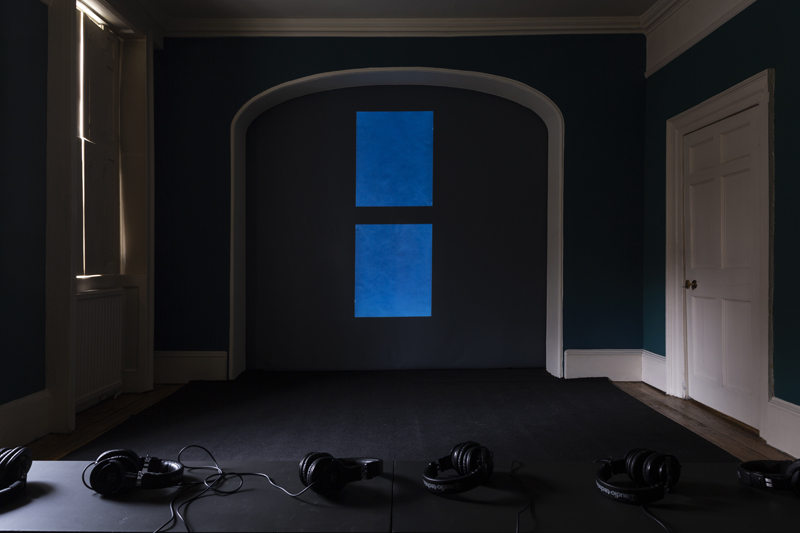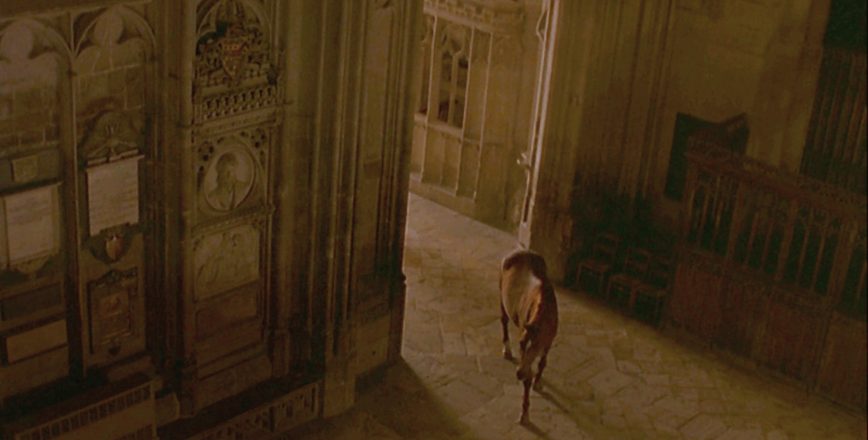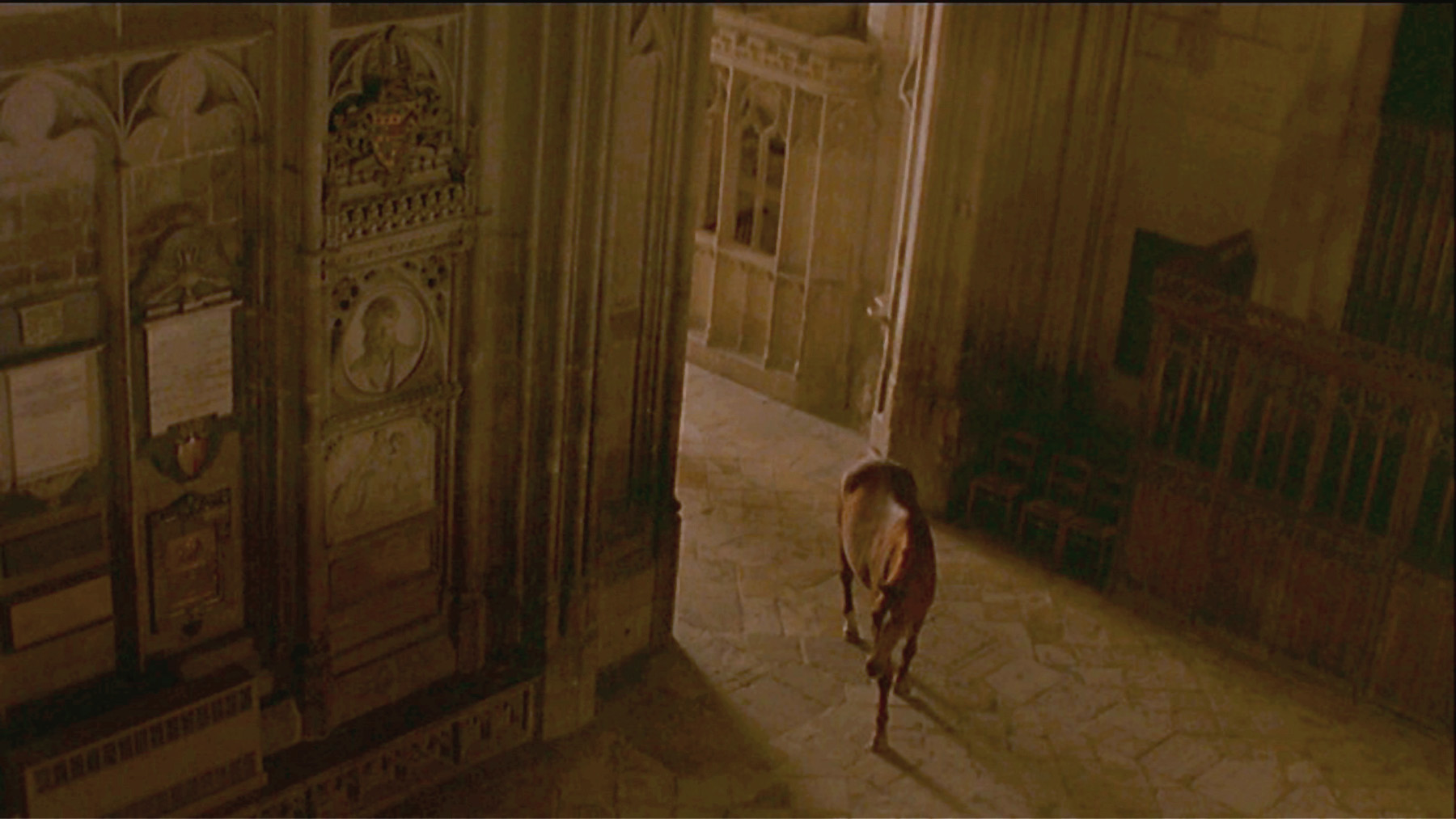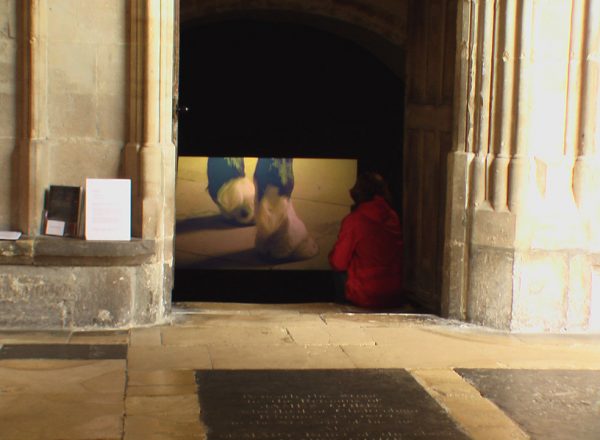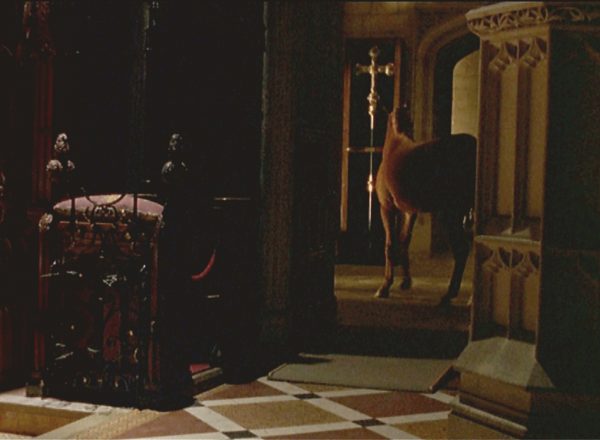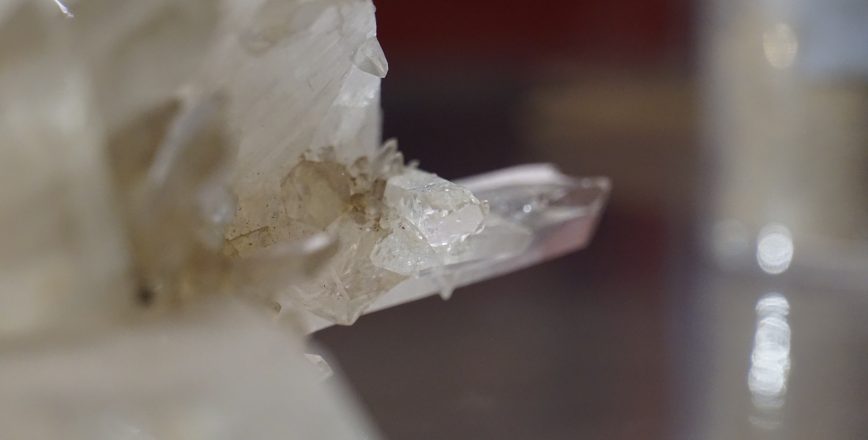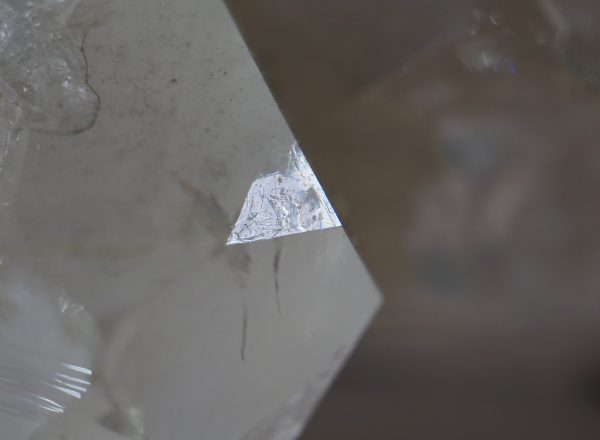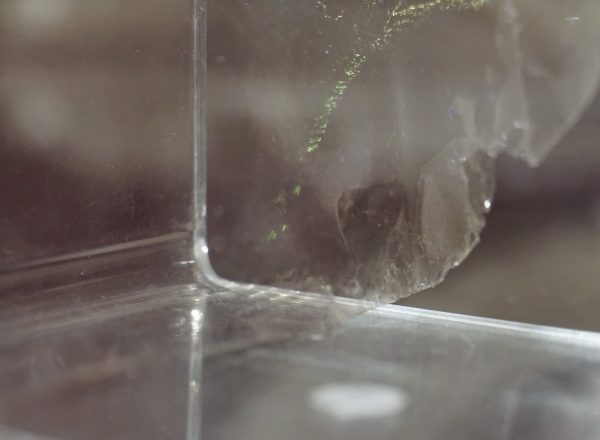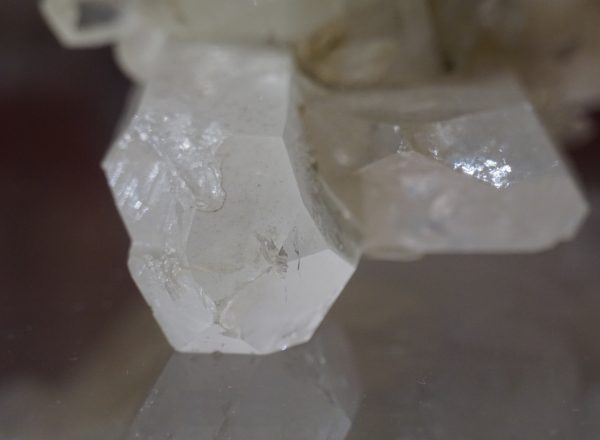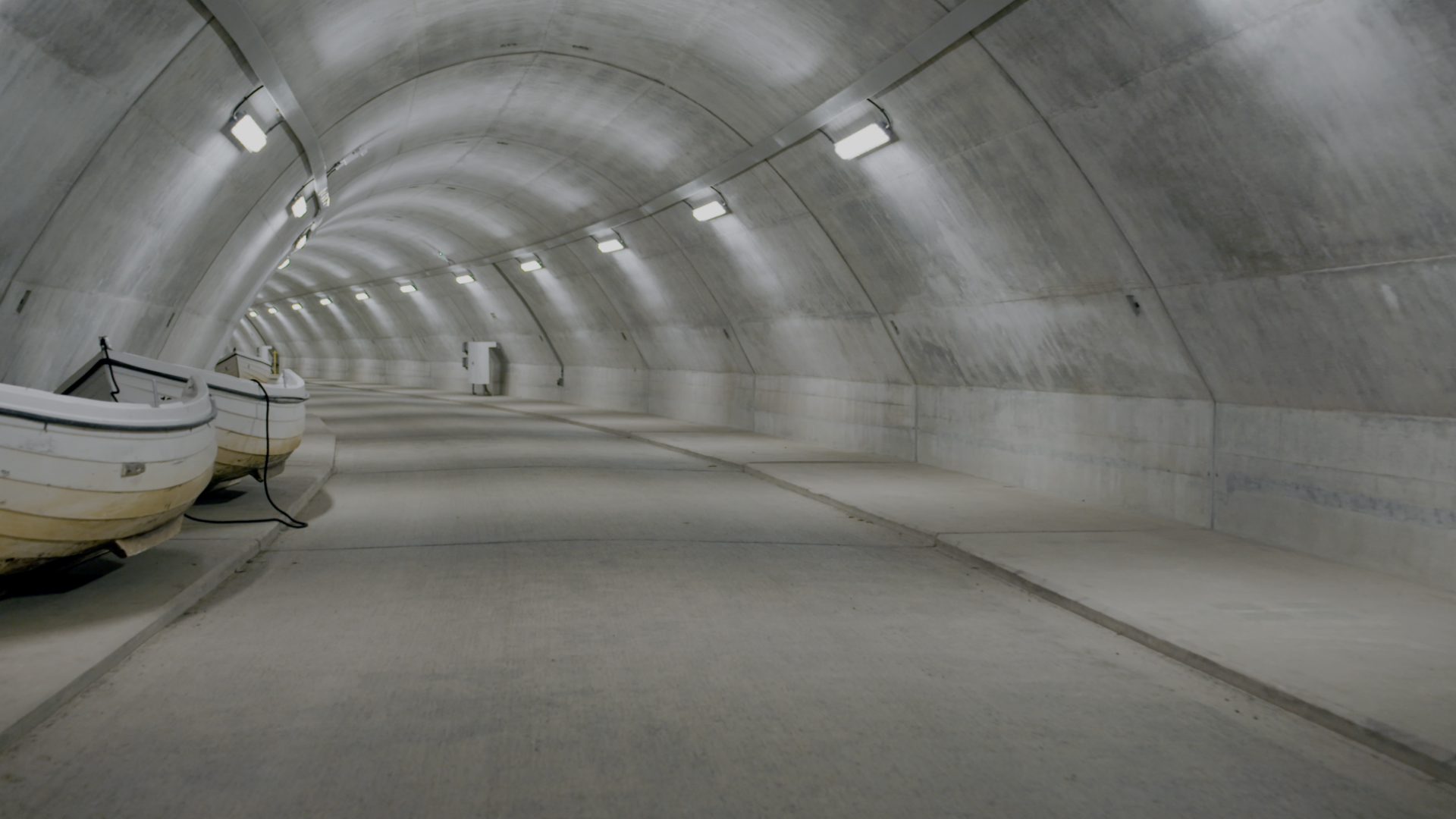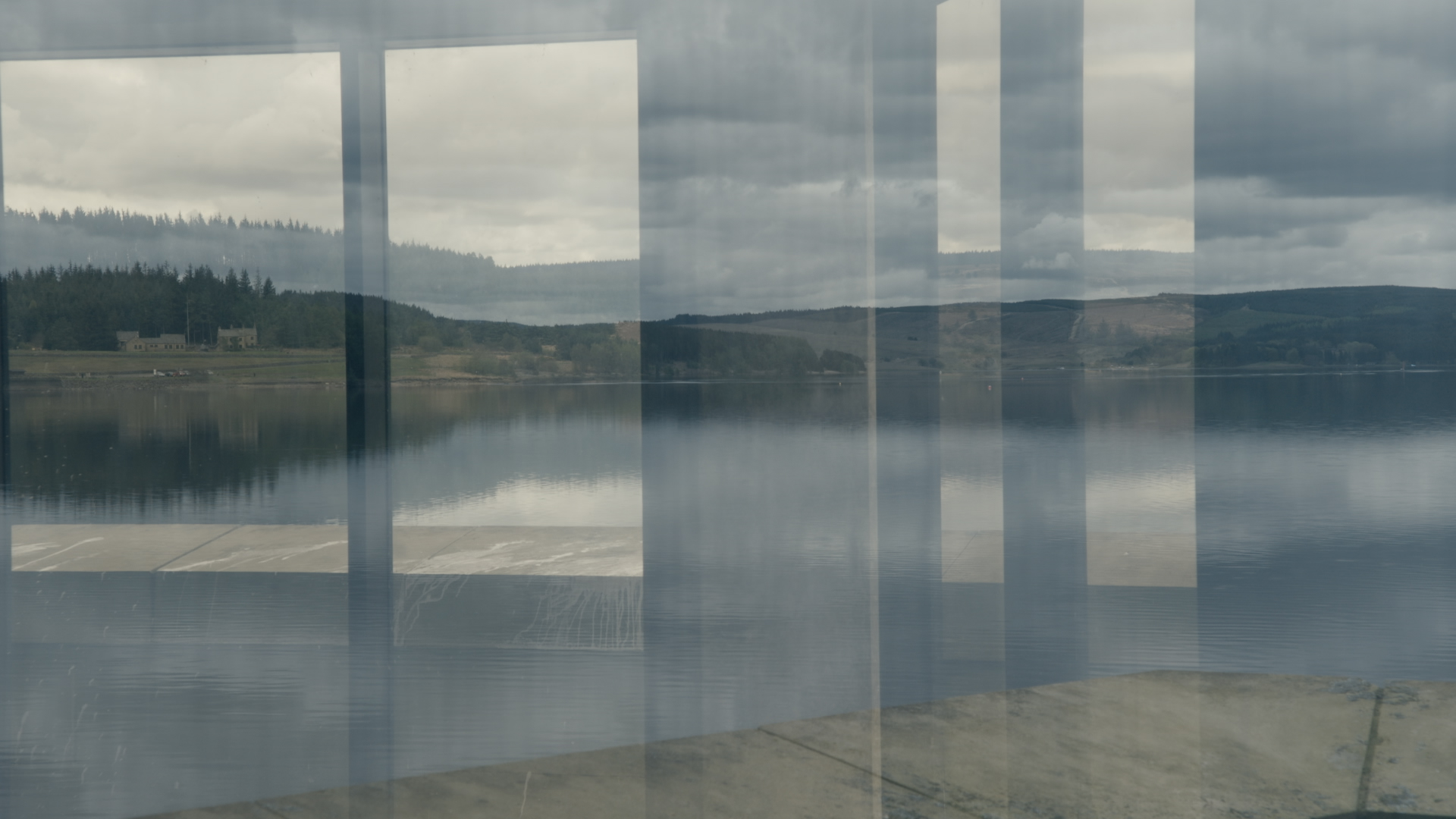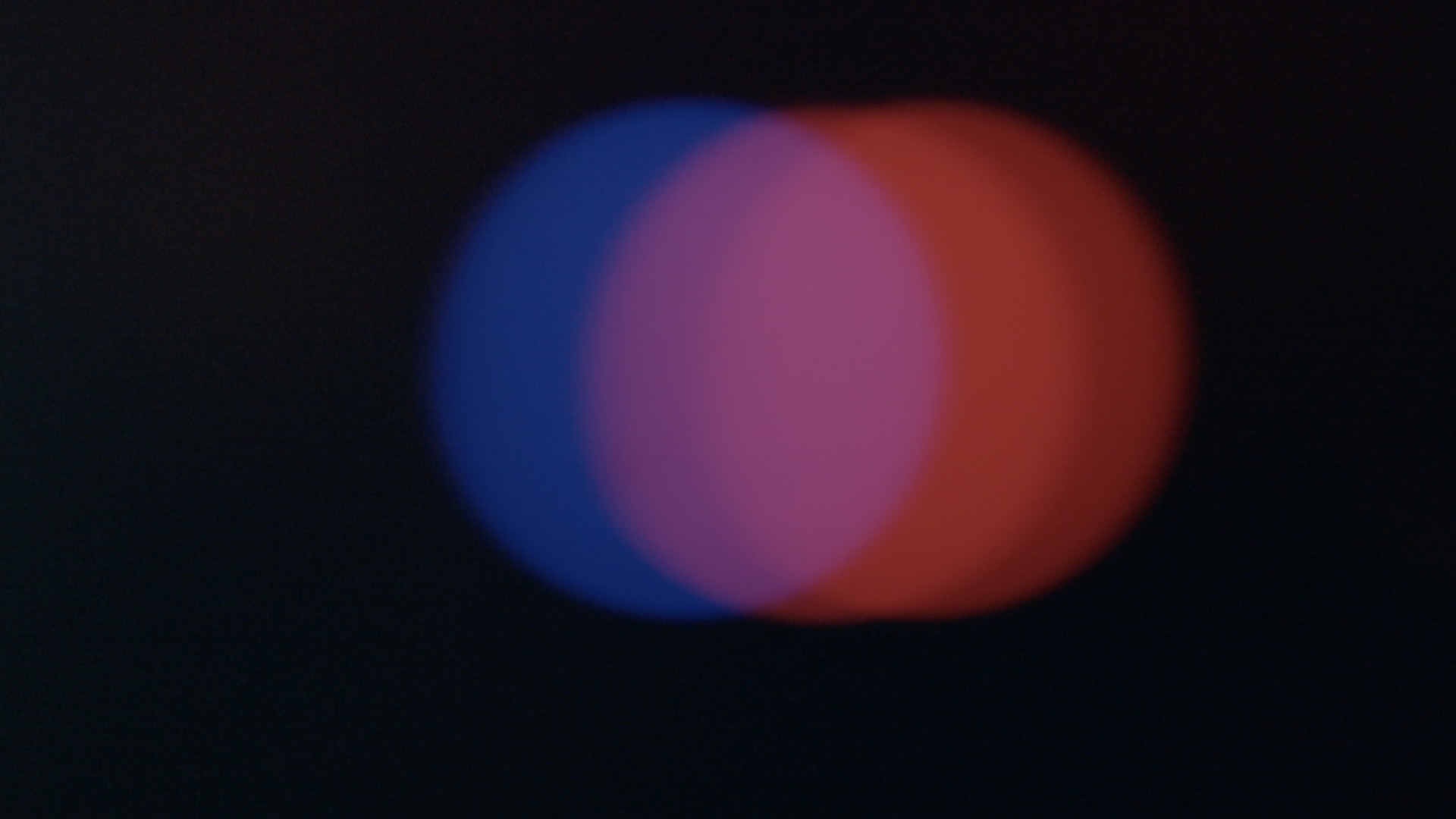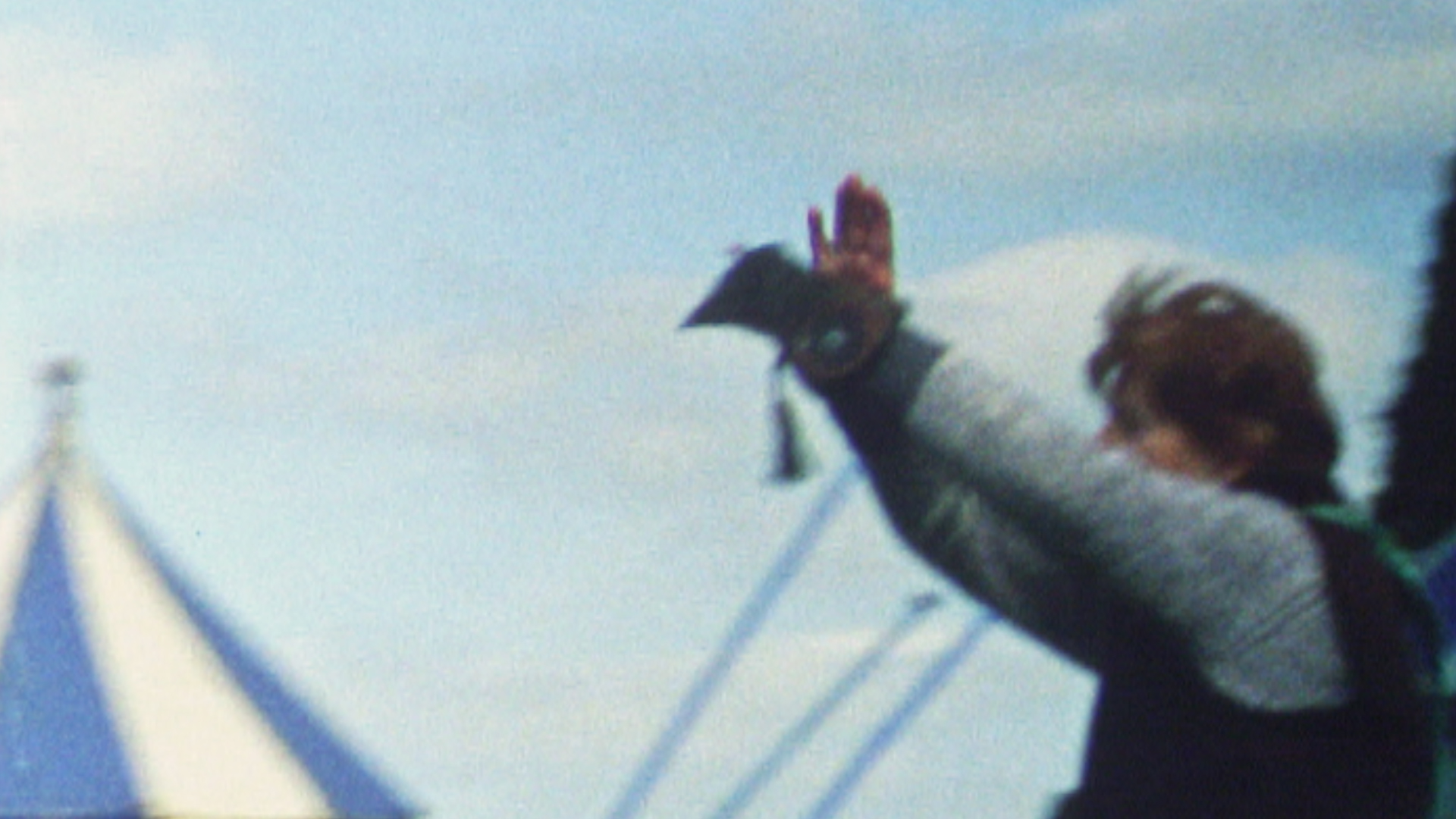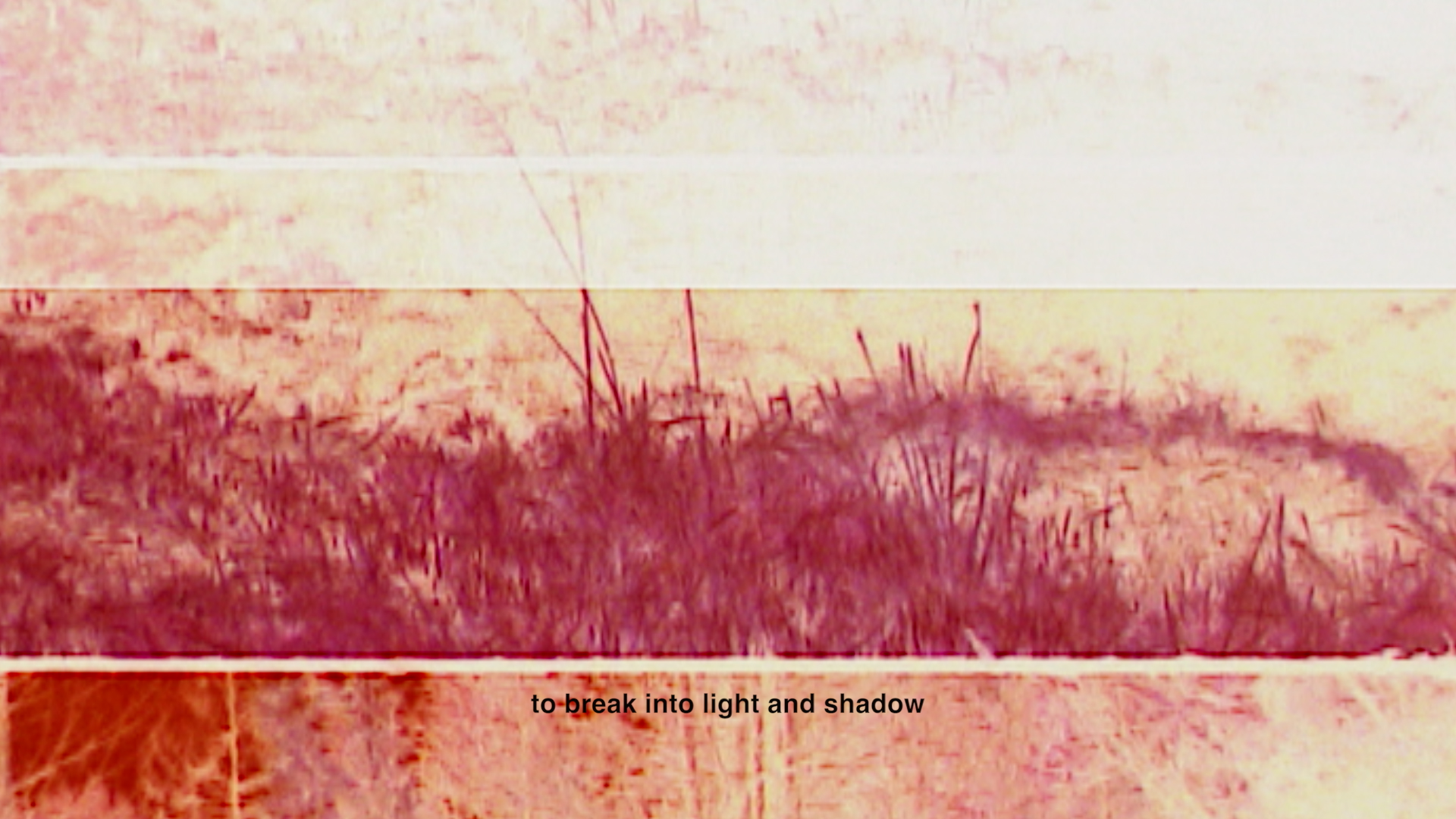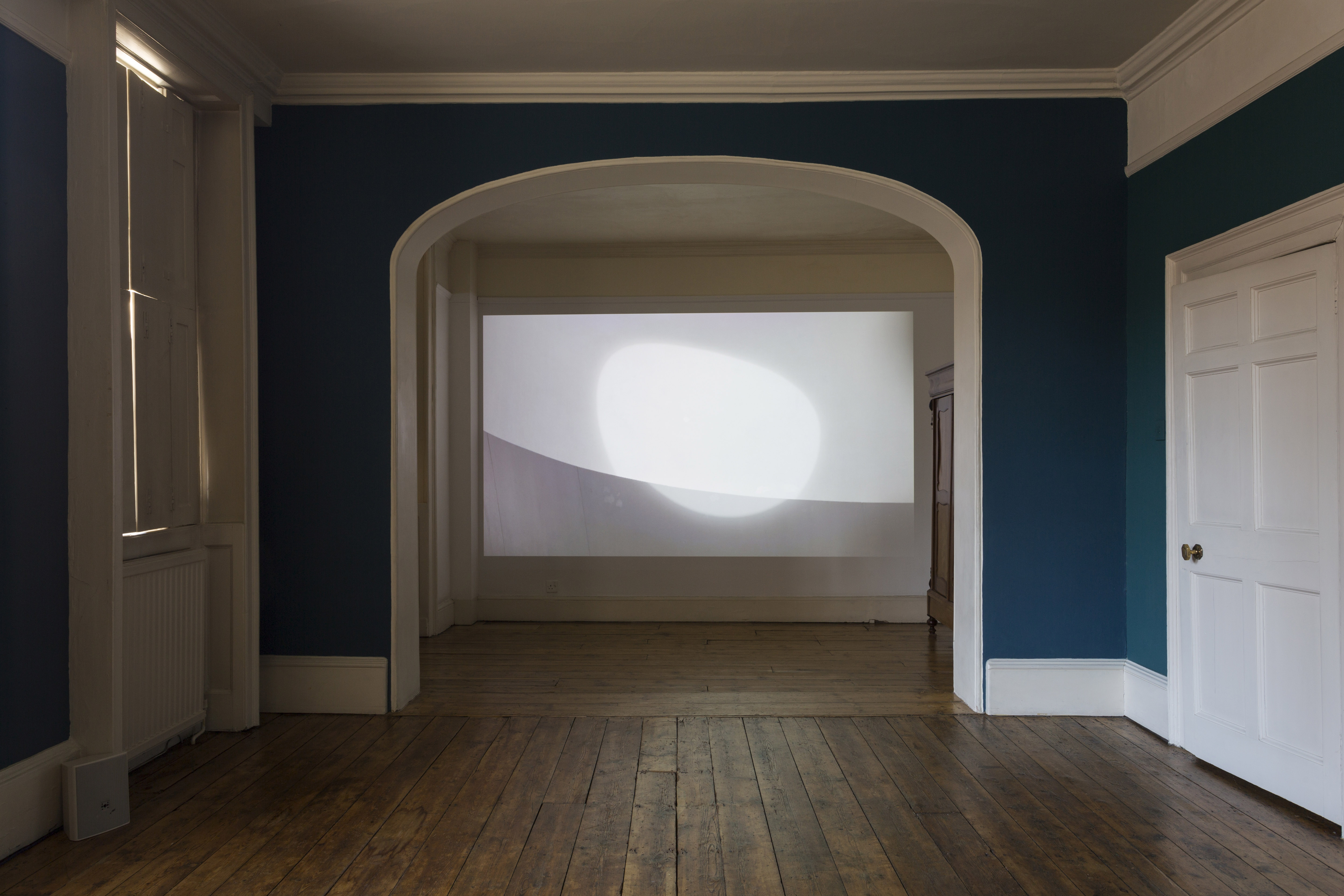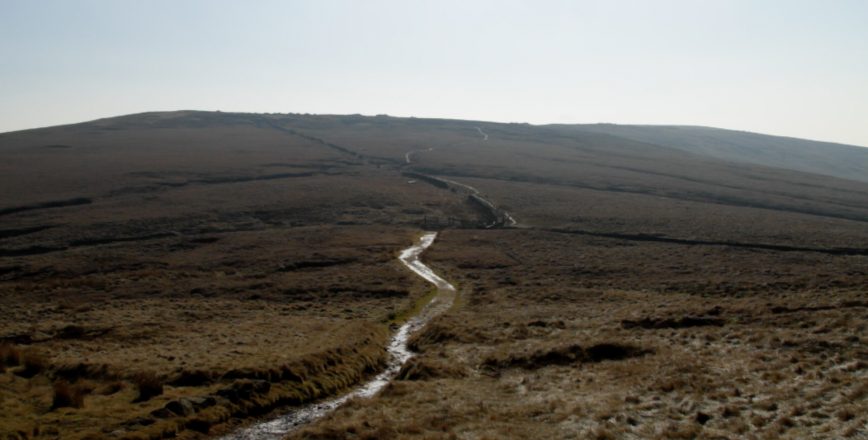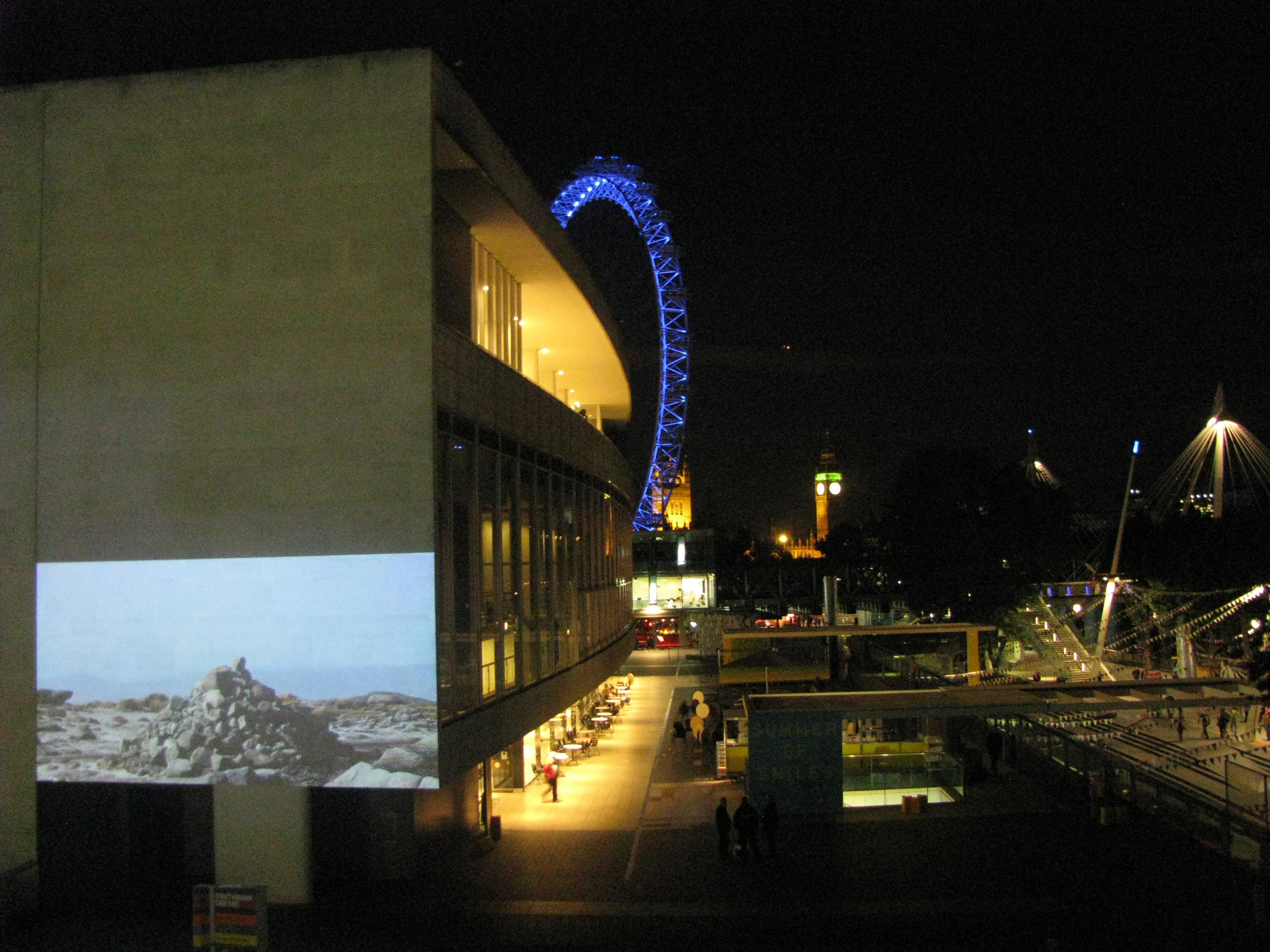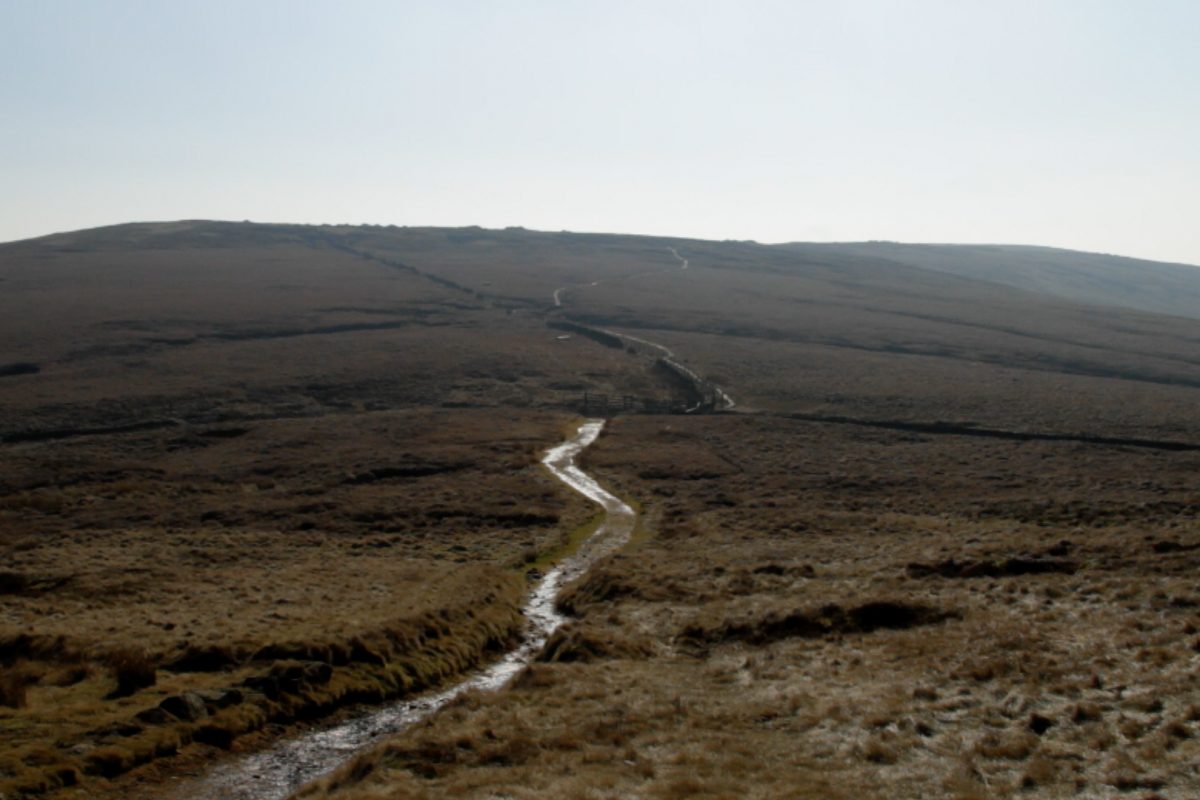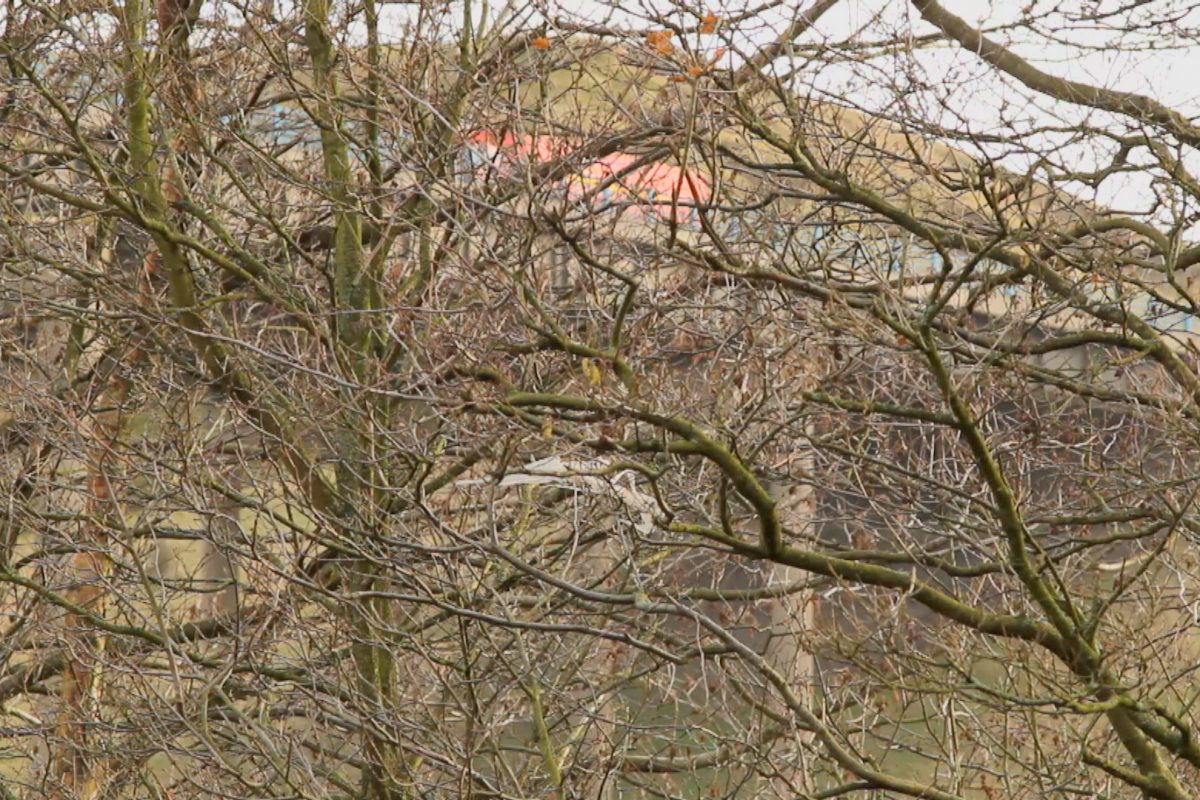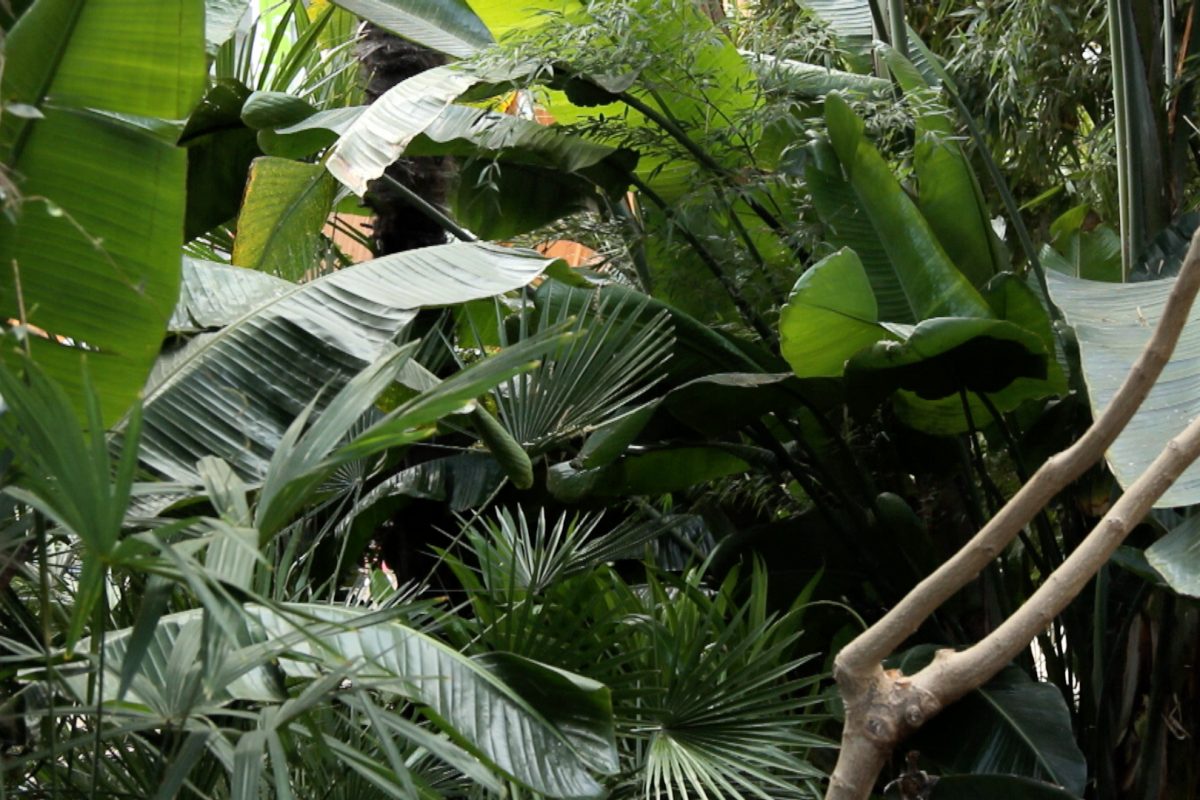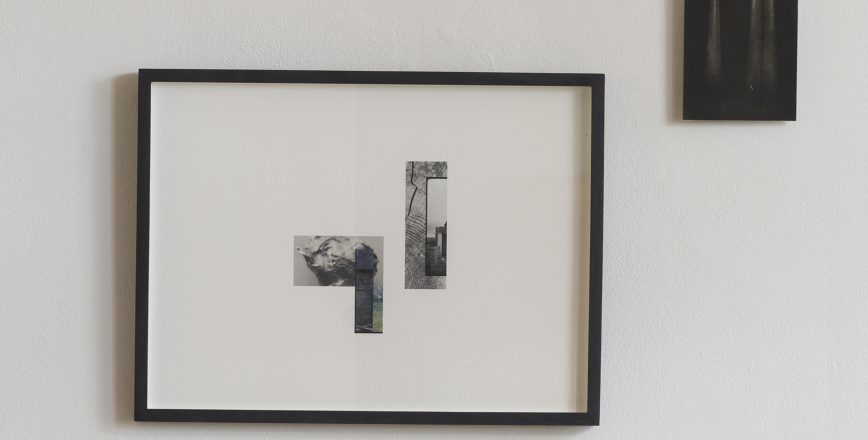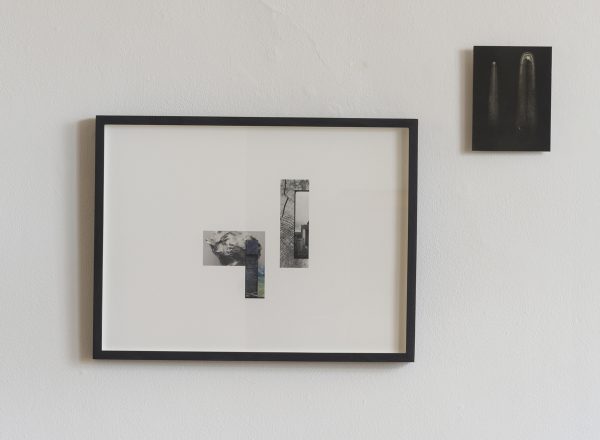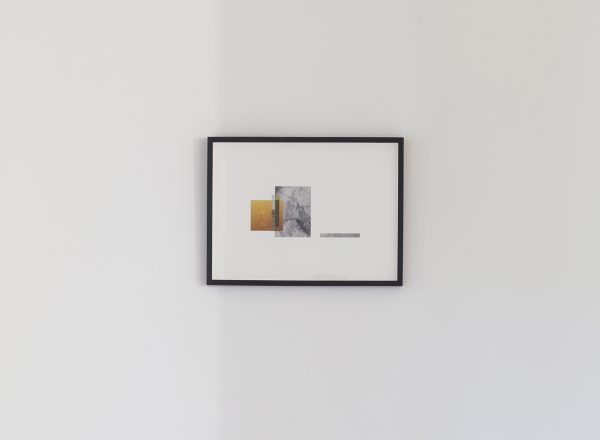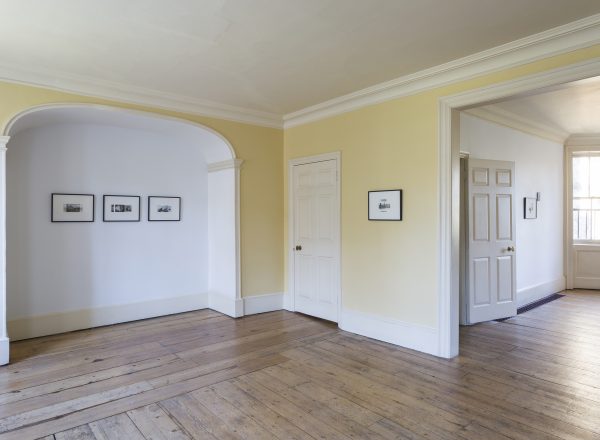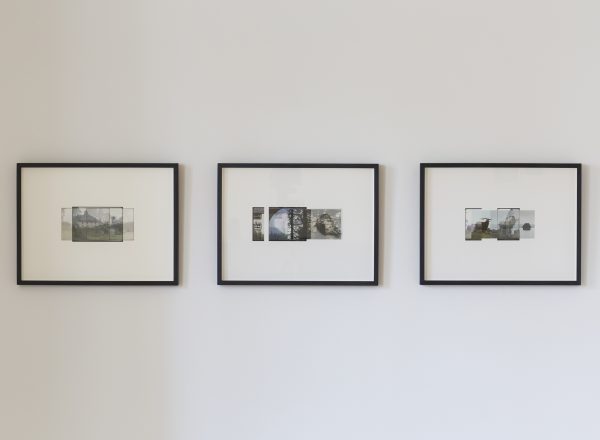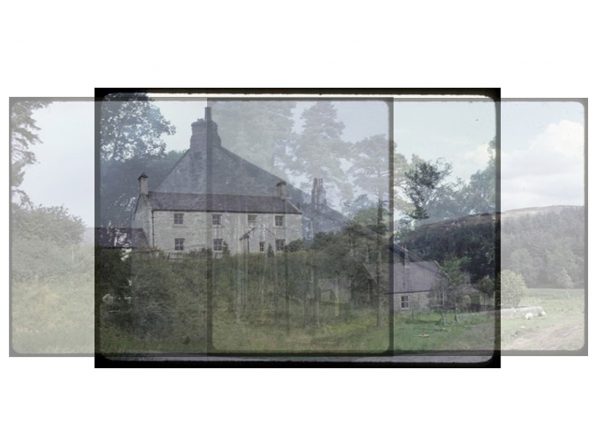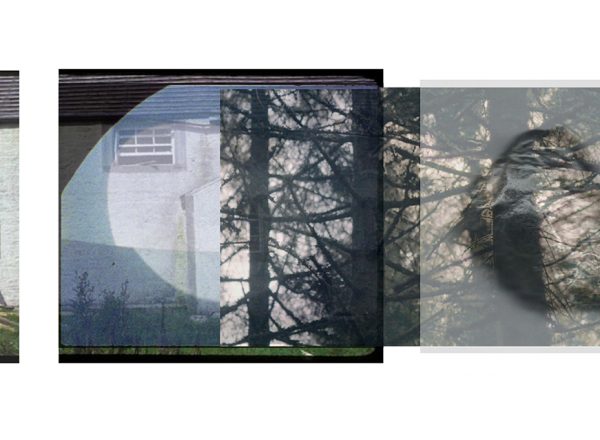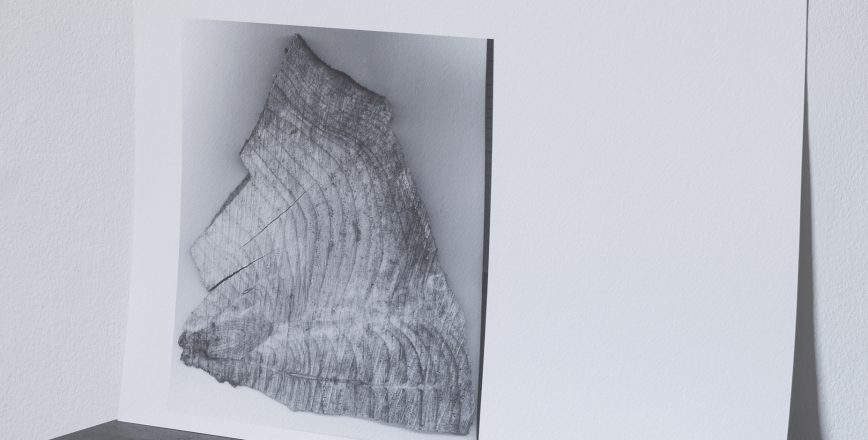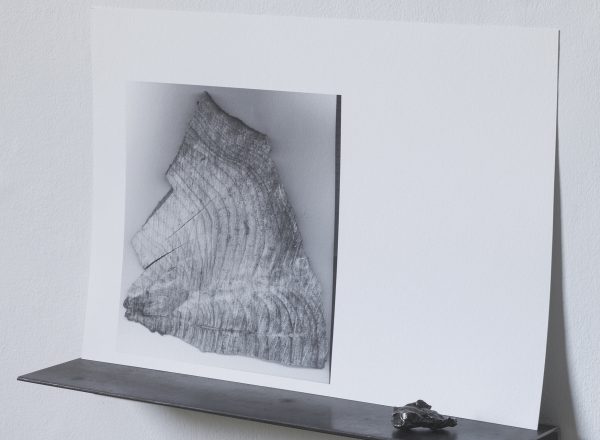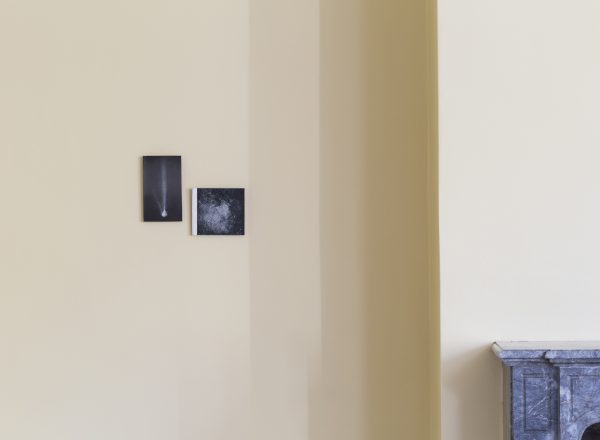Posted
in
on December 18th, 2016
I will be using The Armchair Residency at The Beaney to explore its collections and gain a deeper understanding of the myriad of histories and narratives, which intersect, reflect and oppose each other. I have particular interest in collections around the natural world. These reflect on the current concerns in my practice that include time, landscape and ideas of geological time and the new man made geological epoch we are now in, called the Anthropocene.
I see this residency as an opportunity to research and experiment further with the idea of film and sound as collage; dissecting scales, narratives and contexts. I wish to make an experimental short film that explores the crossover of film and printmaking through layering of sounds, textures, light, imagery and surface.
The blog I am writing during my residency can be seen here.
On Sunday 9th April, 2017 between 11am – 1.30pm I will be in The Learning Lab at The Beaney House Of Art and Knowledge, Canterbury,
screening a recent work A History Of The Receding Horizon and talking about the research during my residency at The Beaney, all are welcome
Posted
in
on December 18th, 2016
I May Be A Wage Slave On Monday But I Am A Free Man On Sunday
Kathleen Herbert, 2011
HD Video projection, Duration 7 mins
I may be a wage slave on Monday but I am a free man on Sunday is a lyric from a Ewan MacColl folk song, Manchester Rambler, in which he describes the mass trespass on the then private land of Kinder Scout in 1931.
Inspired by this mass trespass¹ in the Peak District, which led to the opening up of the countryside & the creation of National Parks, Kathleen Herbert¹s film explores the idea of contemporary landscape as a politicised space in which it is treated as an object rather than a resource.
The viewer is taken on a journey through different visions of the land, from the urban spaces used to contrive a form of natural landscape to the rural. The raw contrasting soundtrack embellishes the imagery of the land as a lost ancient antiquity.
Co-commissioned by the National Trust and Southbank Centre, London. Curated by Clare Cumberlidge & Co and supported by Museums Sheffield.
Exhibitions
- Force Of Nature; Picturing Ruskins Landscape, 2011, Millennium Gallery, Sheffield, UK Info
- Land, 60th Anniversary Of The Festival Of Britain, 2011, Southbank Centre, London, UK Info
Extracts from I May Be A Wage Slave On Monday But I Am A Free Man Come Sunday
